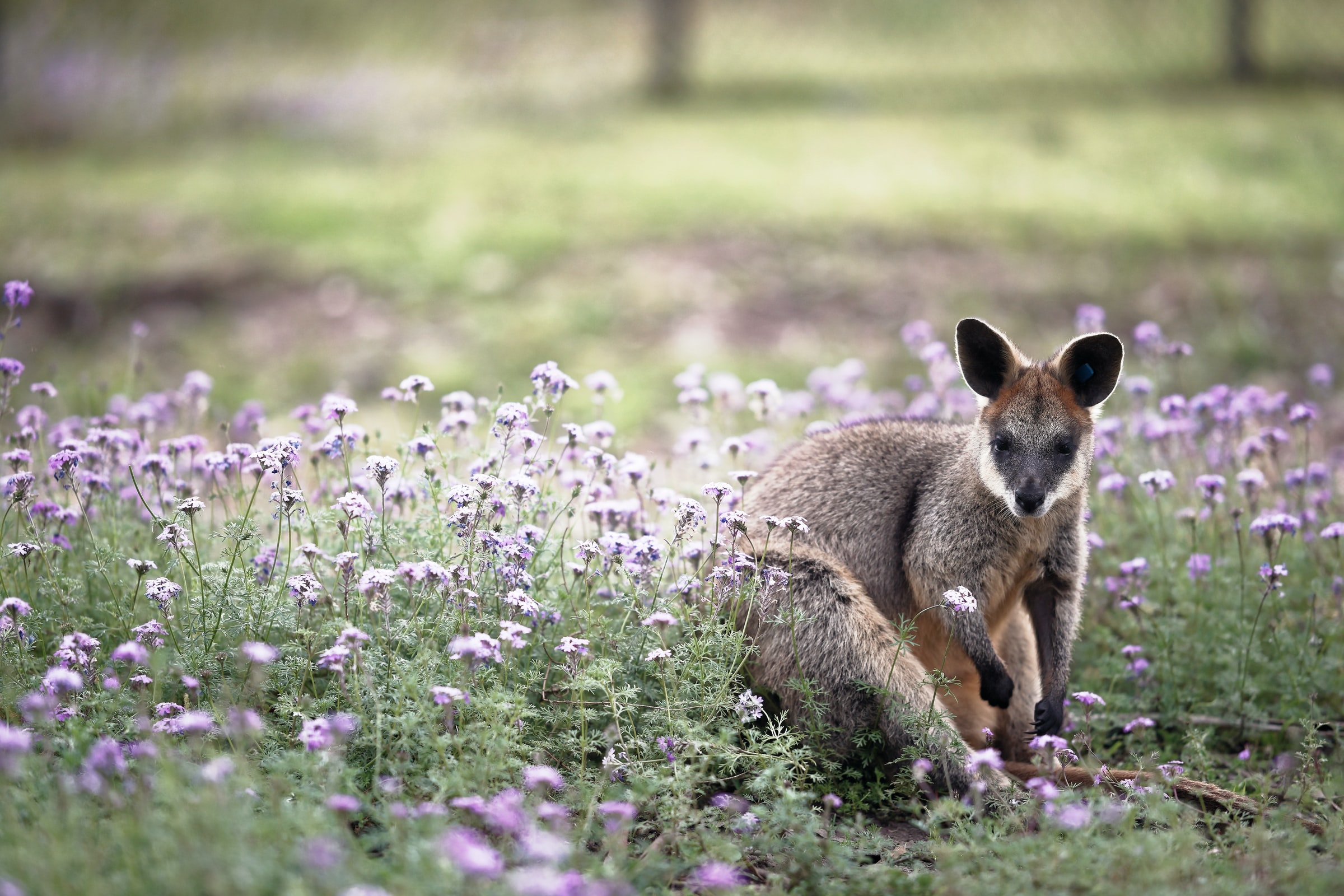Badri Younes, a NASA engineer serving as Deputy Associate Administrator for Space Communications and Navigation (SCaN) and SCaN Program Manager, spoke at the Birch Innovation Space about his job building next generation technologies to support a space station on Earth’s moon and the first crewed mission to Mars.
“The age of exploration is getting a new push now,” Younes said.
The 31 March event was streamed live on Facebook and attended in person by 70 members of the ANU community. Younes was introduced by Prof Christopher Kellett, Director of the ANU School of Engineering and Prof Anna Moore, Director of the ANU Institute for Space.
Missions to the moon and Mars
Younes said NASA’s Artemis program will begin with crewed missions orbiting the moon and coming back to Earth, with the first of them only a few months away. Lunar landings will resume around 2025. NASA plans to build the Artemis Base Camp on the surface of the moon, and put a spaceship called Gateway in the moon’s orbit.
Younes described the remote sensors and advanced data processing that will be involved, for instance, to detect solar flares in order to protect human beings and equipment. Solar flares, he explained, can be much more dangerous without the shielding of Earth’s atmosphere and magnetic field.
When Younes said that NASA is also planning the first crewed missions to Mars, he added that it is “not going to be easy”.
“It’s a three-year trip, so we need to demonstrate a lot of technology that will allow people to harvest whatever resources can be found on Mars to sustain their existence,” Younes said. “The problem has never been going to Mars. The problem has been coming back from Mars.”
Spacecraft and their instruments run largely on solar power once they have escaped Earth’s gravity, Younes said, althtough generating solar power becomes more difficult as they get farther away from the sun. Younes said crewed spacecraft sent to Mars will require combustible energy, or the ability to generate it, in order to lift off from the planet’s surface and begin its return journey. The spacecraft will also need to carry oxygen but Younes expressed an expectation that they can generate oxygen once they have arrived.
“We believe that there is water on Mars under the surface,” Younes said. “We can probably exploit that to generate hydrogen and oxygen that can sustain our existence and support a return back to earth.”
ANU scientists are currently leading the world in the race to optimise solar-to-hydrogen power generation. Hydrogen has a much higher energy per unit mass than fossil fuels, enough to power trains in the present day, and soon jet airliners. Why not spacecraft as well?
Younes described the technological challenges involved with NASA’s deep space communications network, which includes stations positioned around the globe, phased by approximately 120 degrees, “providing support to deep space missions, anything from the surface of the moon, all the way to the edge of the solar system”.
Younes also described how communications tools will need to evolve to support crewed missions to Mars, referencing previous missions that, in the end, created “very expensive pieces of junk in space without command and control, without navigation, without the capability to relay data back to us”.
“So we play a critical role in enabling NASA and the scientific community to explore via robotic means as well as a human element,” Younes said of SCaN.
“We develop, we operate and maintain a large infrastructure for all of the communication and navigation capabilities for the agency. Along with that, we are responsible for evolving the technology.”
This was Younes’ second time speaking at ANU. At the top of his remarks, he joked that, when asked what he hated most about the pandemic, he would mention his delayed return to Australia. “It confined me to home, prevented me from coming and being with all of you,” he said.
“The space industry is growing, it’s vibrant and it’s going to offer plenty of job opportunities and new goals,” he said, adding that he would like to congratulate ANU for providing curriculum “to enable you guys to be a big part in the space industry”.

